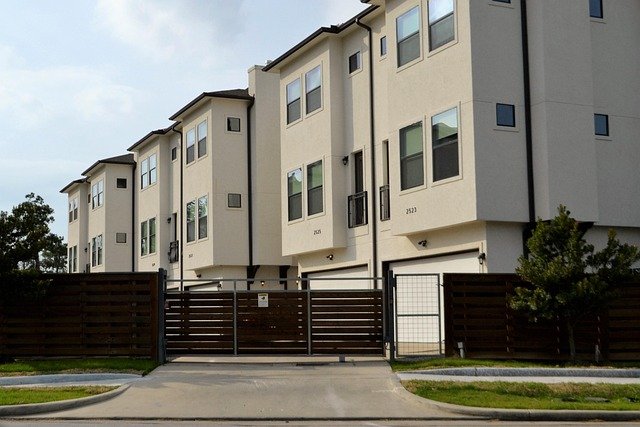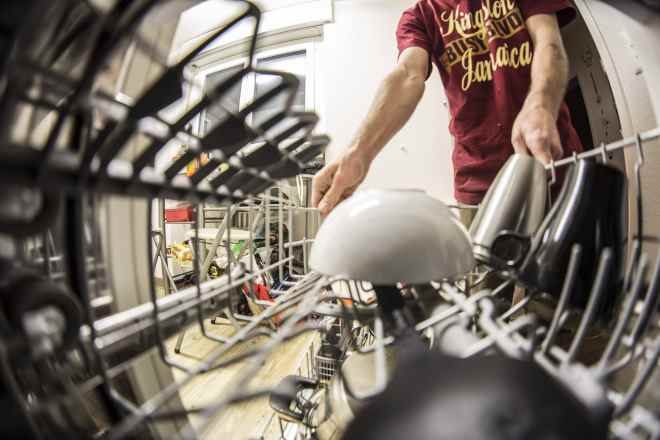Living Areas Filled with Natural Light
explore apartment options that offer both convenience and a sense of community. From modern city apartments to quieter suburban units, residents often appreciate layouts that provide natural light, functional spaces, and access to local amenities. Neighbors and visitors note that thoughtfully designed interiors and nearby shops or parks contribute to a comfortable and balanced lifestyle. These apartments suit a variety of daily routines, from work-from-home arrangements to casual weekend activities.

Natural light is more than just a pleasant feature in an apartment—it’s a transformative element that enhances living spaces both aesthetically and functionally. Apartments designed to maximize daylight create environments that feel more spacious, welcoming, and connected to the outside world. The strategic incorporation of natural light has become a significant priority in modern residential architecture, with developers and designers recognizing its profound impact on residents’ quality of life.
Comfortable Interiors Designed for Daily Living
The foundation of a truly comfortable apartment begins with how natural light interacts with interior spaces. Well-designed apartments position windows to capture optimal sunlight throughout the day, creating dynamic living environments that change with the passing hours. This thoughtful approach to natural illumination enhances the perception of space, making even modest-sized apartments feel more generous and open.
Beyond mere aesthetics, light-filled interiors support daily activities by providing adequate illumination for reading, working, cooking, and relaxation. Designers often complement natural light with layered artificial lighting solutions that maintain the apartment’s welcoming ambiance after sunset. The interplay between natural and artificial light sources creates versatile environments that adapt to different needs and moods.
Materials and finishes also play a crucial role in maximizing natural light. Reflective surfaces like glossy cabinetry, light-colored walls, and strategically placed mirrors help distribute daylight deeper into interior spaces. These design choices not only enhance brightness but also contribute to energy efficiency by reducing the need for electric lighting during daylight hours.
Functional Layouts with Practical Natural Light Benefits
The arrangement of rooms and their relationship to windows fundamentally shapes how natural light flows through an apartment. Open-concept designs have gained popularity partly because they allow light to penetrate deeper into living spaces, eliminating dark corners and creating more cohesive environments. These layouts often feature kitchen areas that open to living spaces, allowing shared light sources to illuminate multiple functional zones.
Strategic placement of interior walls and room dividers can maintain privacy without sacrificing brightness. Partial walls, glass partitions, and sliding doors offer flexibility while allowing light to circulate throughout the apartment. In more traditional layouts, doorways and hallways aligned with windows create sight lines that draw light further into the home.
Natural light also influences the functionality of specific spaces. Kitchens benefit from task lighting provided by well-placed windows, making food preparation safer and more enjoyable. Home offices positioned near windows provide energizing daylight that can enhance productivity and focus. Even bathrooms, traditionally more enclosed, now often feature privacy windows or skylights that introduce natural brightness while maintaining discretion.
Variety of Locations with Different Light Profiles
Urban and suburban apartments offer distinctly different natural light experiences based on their surroundings. Urban apartments may contend with neighboring buildings that affect light exposure but often compensate with creative design solutions like corner units, light wells, or elevated positions that capture unobstructed sunlight. Many city apartments feature floor-to-ceiling windows that maximize available light while providing dramatic views of the surrounding cityscape.
Suburban apartments typically benefit from fewer adjacent structures, allowing for more consistent natural illumination throughout the day. These properties often feature more windows on multiple sides of the building, creating cross-ventilation and multi-directional light that changes throughout the day. Landscaping elements like trees provide dynamic, dappled light patterns that add visual interest to interior spaces.
The orientation of an apartment building significantly impacts its natural light profile. North-facing units receive consistent, diffused light ideal for activities requiring steady illumination without glare. South-facing apartments enjoy abundant direct sunlight, particularly beneficial in colder climates. East-facing units receive energizing morning light, while west-facing apartments capture dramatic afternoon and sunset illumination.
Seasonal Considerations for Light-Filled Apartments
Natural light varies dramatically with the changing seasons, creating different experiences within the same apartment throughout the year. Summer brings longer days with more intense sunlight, sometimes requiring management through window treatments or shading devices to prevent overheating and glare. Winter’s lower sun angle allows light to penetrate deeper into living spaces, providing welcome warmth and brightness during shorter days.
Apartments with thoughtful seasonal adaptations might include features like adjustable exterior shades, interior blinds that redirect light, or strategically placed deciduous trees that provide shade in summer while allowing light through bare branches in winter. These considerations help maintain comfortable living environments year-round while maximizing the benefits of natural illumination.
Climate-responsive design also considers how natural light contributes to passive heating and cooling. In cooler regions, south-facing windows capture valuable solar heat during winter months, while proper overhangs or shading prevent overheating in summer. This thoughtful approach to seasonal light management can significantly reduce energy costs while creating more comfortable living environments.
Health and Wellbeing Benefits of Natural Light
The advantages of light-filled apartments extend well beyond aesthetics and energy savings. Exposure to natural daylight helps regulate circadian rhythms, improving sleep quality and overall health. Morning light exposure is particularly beneficial for maintaining healthy sleep-wake cycles, making east-facing bedrooms especially desirable for those who struggle with sleep issues.
Research consistently shows connections between natural light exposure and improved mood, reduced stress, and enhanced cognitive function. Apartments designed to maximize daylight can create environments that support mental wellbeing, particularly important for residents who spend significant time at home or work remotely.
Natural light also provides practical health benefits through improved air quality. Sunlight has natural disinfectant properties and can help reduce moisture that contributes to mold growth. Additionally, apartments designed for optimal natural light often incorporate operable windows that encourage natural ventilation, further enhancing indoor air quality.
When selecting an apartment with natural light as a priority, consider visiting potential homes at different times of day to assess how light changes throughout daily cycles. Evaluate window sizes and positions relative to living areas, and observe how surrounding structures might impact light availability. With thoughtful consideration, finding a naturally illuminated apartment that enhances daily living becomes an achievable goal with lasting benefits for comfort, wellbeing, and quality of life.




